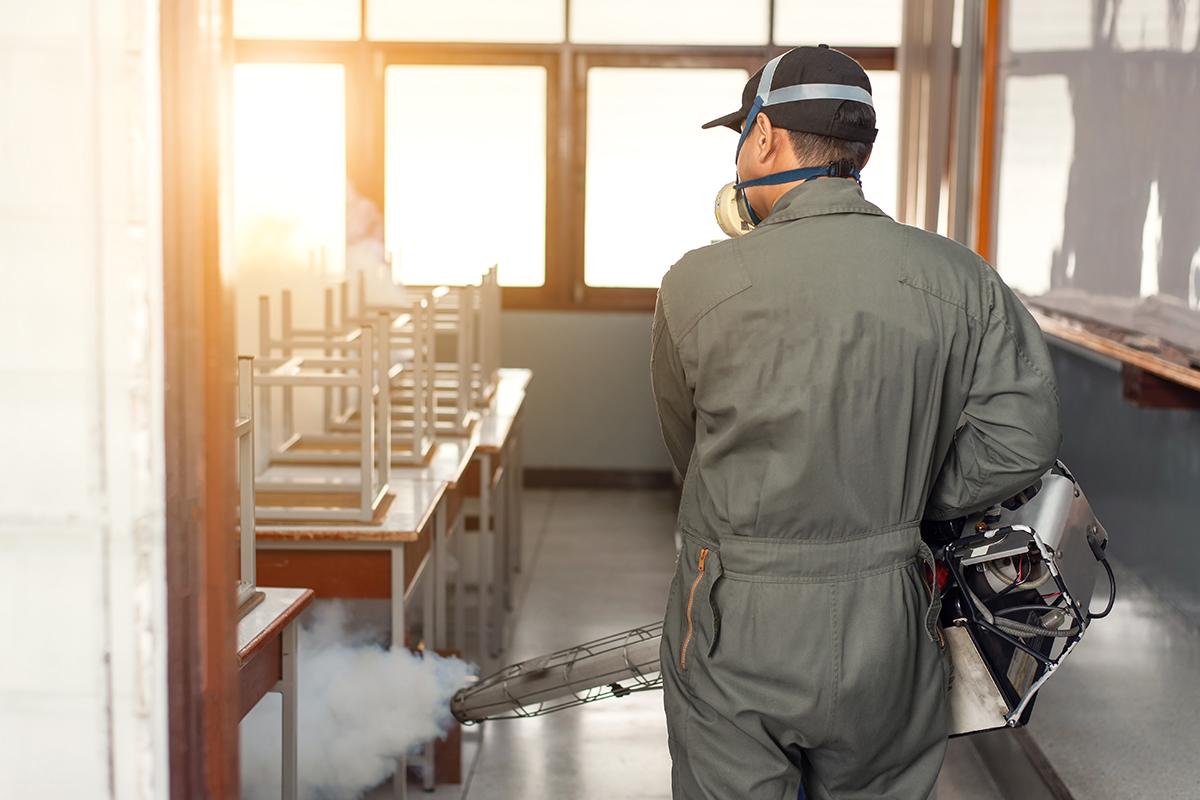
Home Renovation electrical work
Home renovation electrical work is a vital aspect of upgrading or modifying residential spaces, ensuring that electrical systems meet modern standards and the needs of the occupants. This process may involve rewiring existing circuits, installing new outlets and lighting fixtures, or integrating smart home technology. Electricians assess the current electrical infrastructure to ensure it can support any new appliances or features, making necessary adjustments to enhance safety and efficiency. Adhering to local building codes and regulations is crucial during renovations, as it ensures compliance and minimizes risks. Proper electrical work during home renovations not only improves functionality but also increases the overall value and safety of the property.


Yes, home maintenance services related to siding can be safe when performed by trained professionals who follow proper safety protocols. Siding maintenance, which may include inspections, repairs, or installations, involves working at heights and handling various tools and materials. To ensure safety, it’s important to use appropriate safety gear, such as harnesses for elevated work, and to follow guidelines for working with ladders and scaffolding. Additionally, using quality materials and adhering to local building codes can help prevent future issues. Hiring experienced contractors can further minimize risks and ensure that the siding is maintained correctly and safely.
Gather Supplies: Collect cleaning supplies like all-purpose cleaner, disinfectant, sponges, microfiber cloths, a vacuum, broom, and mop.
Declutter: Start by picking up items that don’t belong in each room. This makes cleaning easier and more efficient.
Dusting: Dust surfaces, starting from the top (shelves, light fixtures) and working your way down to prevent dust from settling on already cleaned areas.
Kitchen Cleaning:
- Wipe down countertops, appliances, and cabinets with a suitable cleaner.
- Clean the inside of the microwave and other appliances.
- Sweep and mop the floor.
Bathroom Cleaning:
- Scrub sinks, toilets, and showers with disinfectant.
- Wipe mirrors and surfaces with glass cleaner.
- Sweep and mop the floor.
Living Areas:
- Vacuum carpets or sweep and mop hard floors.
- Clean furniture surfaces and electronics with appropriate cleaners.
- Organize cushions and decorative items.
Bedrooms:
- Change bedding and fluff pillows.
- Dust surfaces and vacuum floors.
- Organize closets and drawers as needed.
Final Touches: Empty trash cans throughout the house and replace liners. Open windows for ventilation and fresh air.
Regular Maintenance: Establish a cleaning schedule to keep your home tidy, making it easier to manage over time.
The cost of home maintenance can vary widely based on several factors, including the size of your home, the type of maintenance needed, and your location. Here’s a general overview of potential costs:
Routine Maintenance: This can include lawn care, HVAC servicing, and pest control, typically ranging from $100 to $500 per visit or season, depending on the service.
Cleaning Services: Hiring professional cleaning services can cost between $100 and $300 for a one-time deep clean, while regular cleaning services may charge $80 to $200 per visit.
Repairs: Minor repairs like fixing leaky faucets or patching drywall can range from $100 to $300, while major repairs (e.g., roof replacement, plumbing) can run into thousands of dollars.
Seasonal Maintenance: Activities such as gutter cleaning, window washing, or HVAC tune-ups can cost between $100 and $500 each, depending on the service and the size of your home.
Home Inspection: A professional home inspection typically costs between $300 and $500, which can help identify areas needing maintenance.
Emergency Repairs: Unexpected issues, like plumbing or electrical problems, can vary greatly, often ranging from $150 to several thousand dollars, depending on the severity.
Overall, it’s wise to budget about 1% to 3% of your home’s value annually for maintenance and repairs. Regular maintenance can help prevent larger, more costly issues down the line.
Why choose ALM
- Focuses on wiring, installation, and repair of electrical systems in homes, including lighting, outlets, and circuit breakers.
- Works on electrical systems in commercial buildings, ensuring compliance with building codes and handling larger power needs for businesses.
- Specializes in electrical systems used in manufacturing and industrial settings, including machinery, control systems, and high-voltage equipment.
- Handles low-voltage systems such as security alarms, telecommunications, and data networking, often involving installation and maintenance of wiring and equipment.
- Focuses on the installation and maintenance of renewable energy systems, such as solar panels and wind turbines, promoting sustainable energy solutions.
- Responsible for the ongoing maintenance and repair of electrical systems in residential, commercial, or industrial settings to ensure they operate safely and efficiently.
